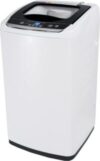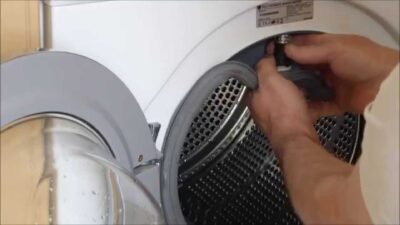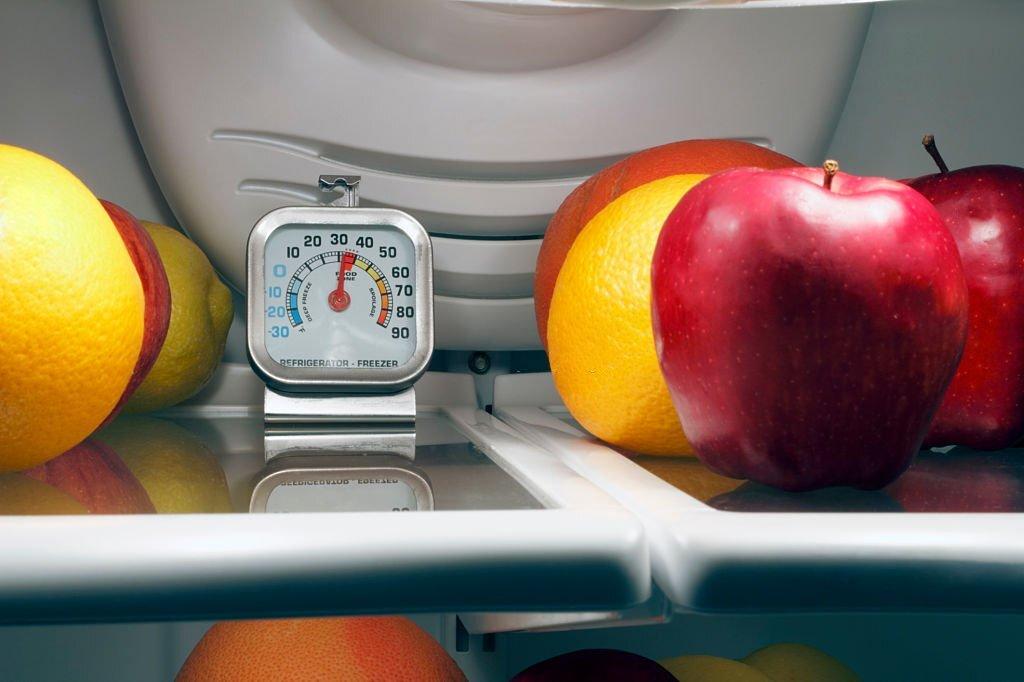If your washing machine leaking from bottom, follow these simple steps to fix the problem.
It is no secret that a broken heavy duty machine can be a real pain behind.
It may seem like a simple enough problem, but if you do not know what to look for, you could spend hours searching for the source of the problem.
So, in this post, we will show you how to fix a water leaking from the washing machine bottom.
We will also talk about what to do when your washing machine does not drain water and what to do if your washing machine won’t spin or if it will not start.

How To Troubleshoot Washing Machine Leaking From Bottom?
A washing machine leaks from the bottom, that’s a significant problem. It can mean water damage to the flooring, the furniture, and even the clothes you wash.
If the washing machine leaks from the bottom, several possible reasons. These include:
1. The Hose Clamp Is Missing Or Loose
If this is the case, the water will leak from the bottom of the machine, but it will not be able to flow through the hose. The hose clamp should be tightened every time you use the machine to prevent this problem from occurring.
2. An Electric Pressure Switch Is Faulty
If this is the case, the washing machine will not stop running when the washer is full. It will continue to run until it runs out of electricity, which can be a safety hazard.
3. Problems With Door Seals
If the washing machine has a seal around the door, this is usually a good sign. However, if the seal is damaged, the water can leak from the bottom of the washing machine. This may be caused by water damage to the door frame.
4. Seal On The Tub Is Defective
The tub seal is designed to prevent the water from leaking from the top of the cheap washing machine.
If it us terrible, the water will leak from the bottom. The tub seal should be replaced every time you use the machine.
5. Check The Inlet Valve For Water
Look for a rubber stopper that can be found on the bottom of the machine. If you can see a rubber stopper, make sure it is not stuck. If it is attached, it may be why your washer is leaking.
6. The Water Pump Is Faulty
If the water pump is faulty, it will not be able to supply water to the washer. It may be that the pump is broken, so you will have to get it replaced. If it is a mechanical pump, it will need to be replaced. If it is an electronic pump, you will need to replace the control board.
7. A Leak From Detergent Drawer
If you find water leaking from the detergent drawer, you will need to fix it. This is a big problem because you will have to repurchase detergent if you have a leaky detergent drawer. This is not something that you want to have to do.
8. Filter Or Catch Basket Clogged
If you find that the filter or the catch basket is clogged, this will stop the water flow to the washer. You will have to clean the filter or catch basket. This is not an easy task, but it will help to stop the leak.
How To Fix A Washing Machine Leak?
A washing machine leak is a common problem that most homeowners face at some point.
If you have ever experienced a leak in your washer or dryer, you know how frustrating it can be to have a leak that keeps coming back again and again.
It’s no wonder that people are looking for ways to stop this problem from happening again.
There are several ways to fix a washing machine leak:
Step 1: Try To Locate The Leak
The first thing that you should do is locate the leak. You can do this by turning off the power to your washing machine and opening the door.
If you see any water on the floor, you know that you have found the leak. You will want to remove all of the clothing you have put in the machine and open the door to your dryer.
If you see water in the dryer, you can assume that you have located the leak.
Step 2: Check Your Washer
Once you have located the leak, you will need to check your washer. If you see any leaks in the bottom of the washer, you will need to replace the rubber gaskets located around the bottom of the washer.
You will need to remove the washer’s lid and lift the top off of the machine. Check the area near the washer base to see if there are any leaks.
If you don’t see any leaks, you may need to check the water level in the drum. If you see that the water level is low, you will need to add more water to the drum.
Step 3: Check Your Dryer
If your new washing machine leaking from bottom, you must check your dryer for leaks. Look around the bottom of the dryer and make sure that there are no leaks.
If you don’t see any leaks, you will need to check the hose that connects to your dryer. If you see any cracks in the hose, you will need to replace the hose.
Step 4: Replace Your Hose
If you are replacing the hose because of a washing machine leak in your dryer, you will need to replace the hose that connects the two machines.
You will need to disconnect the old hose from the dryer and connect the new hose to the dryer.
Once you have replaced the hose, you will need to make sure that you turn the machines on and test the water level in the drum.
If you have a washing machine leak in your washer, you will need to check the rubber gaskets around the bottom of the washer.
If you leak your dryer, you will need to replace the hose that connects the two machines.
Washing Machine Leaking From Bottom During Spin Cycle
Have you ever noticed that your top-loading washing machine leaking from bottom during the spin cycle? It’s a very common problem and can happen due to a leaky washer motor, a faulty pump, or a drain hose.
If you think that you may have a leaking washer, you can do a few things to fix the problem.
Check the Hose: First, you must check the washer drain hose. If it is damaged, replace it with a new one. If the hose is fine, you will need to look for a leak in the pump or the washer motor.
Check the Motor: If the pump or motor is wrong, you will need to replace it.
Check the Drain Hose: If the washer leaks in the drain hose, you will need to disconnect the hose and see if there is a leak. If the hose is suitable, you will need to look for a leak in the pump or the washer motor.
Check the Washing Machine: If the washing machine leaks, you will need to call a professional to fix it.
Frequetly Asked Questions
Is it worth fixing a leaking washing machine?
It largely depends on the severity of the leak, the cost of fixing the machine, and the time and effort required to fix it. If the leak is small and does not cause water damage to the property, it may not be worth repairing the machine.
Is it worth fixing a 6 year old washing machine?
If the machine is in good condition and does not have major issues, then it may be worth fixing. If the machine is older or has more major issues, then it may not be worth fixing.
How do I find a leak in my washing machine?
If you notice water spilling out of your washing machine, it may be because of a leak. To find the leak, turn off the washing machine and remove the lid. If the water is spilling out of the front of the machine, the leak is likely in the drain hose.
How to remove washing machine smell?
1. Pour a pot of cold water into the washing machine.
2. Add 1 cup of white vinegar to the pot of cold water.
3. Close the washing machine’s lid and turn it on.
4. Let the machine run for 30 minutes.
What to do when maytag washer won’t start?
If maytag washer won’t start, check the water supply to the machine. If the water is okay, try to reset the machine by unplugging it and turning it back on. If that doesn’t work, try to replace the filter.
Conclusion
The most common cause of leaks in washing machines is a leaky seal. This is usually caused by the washer being too full.
A damaged or worn-out pump seal is also a common cause of leakage.
The second most common cause of leakage in washing machines is the hose that connects the pump to the machine. Hoses can wear out over time and eventually leak.






